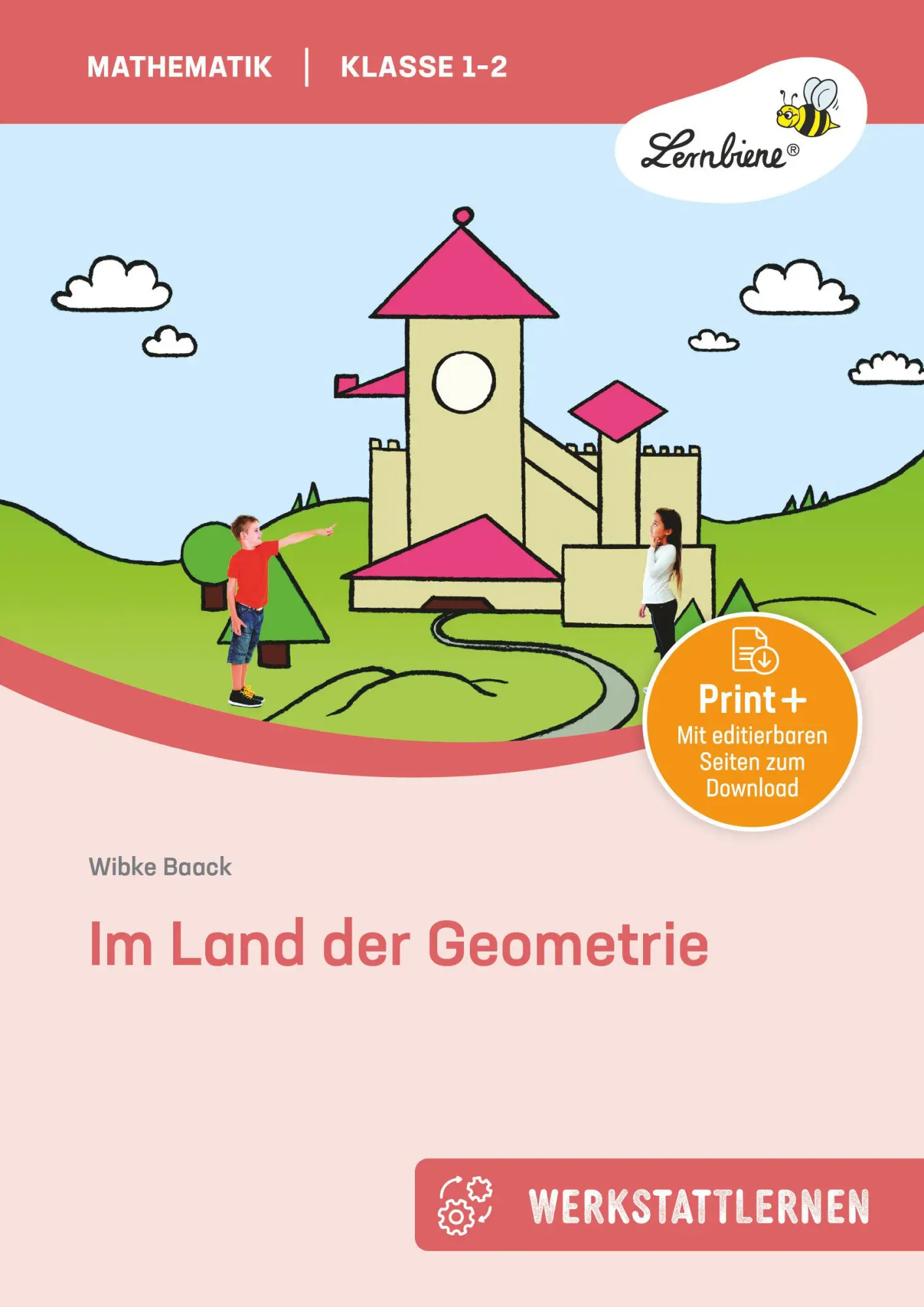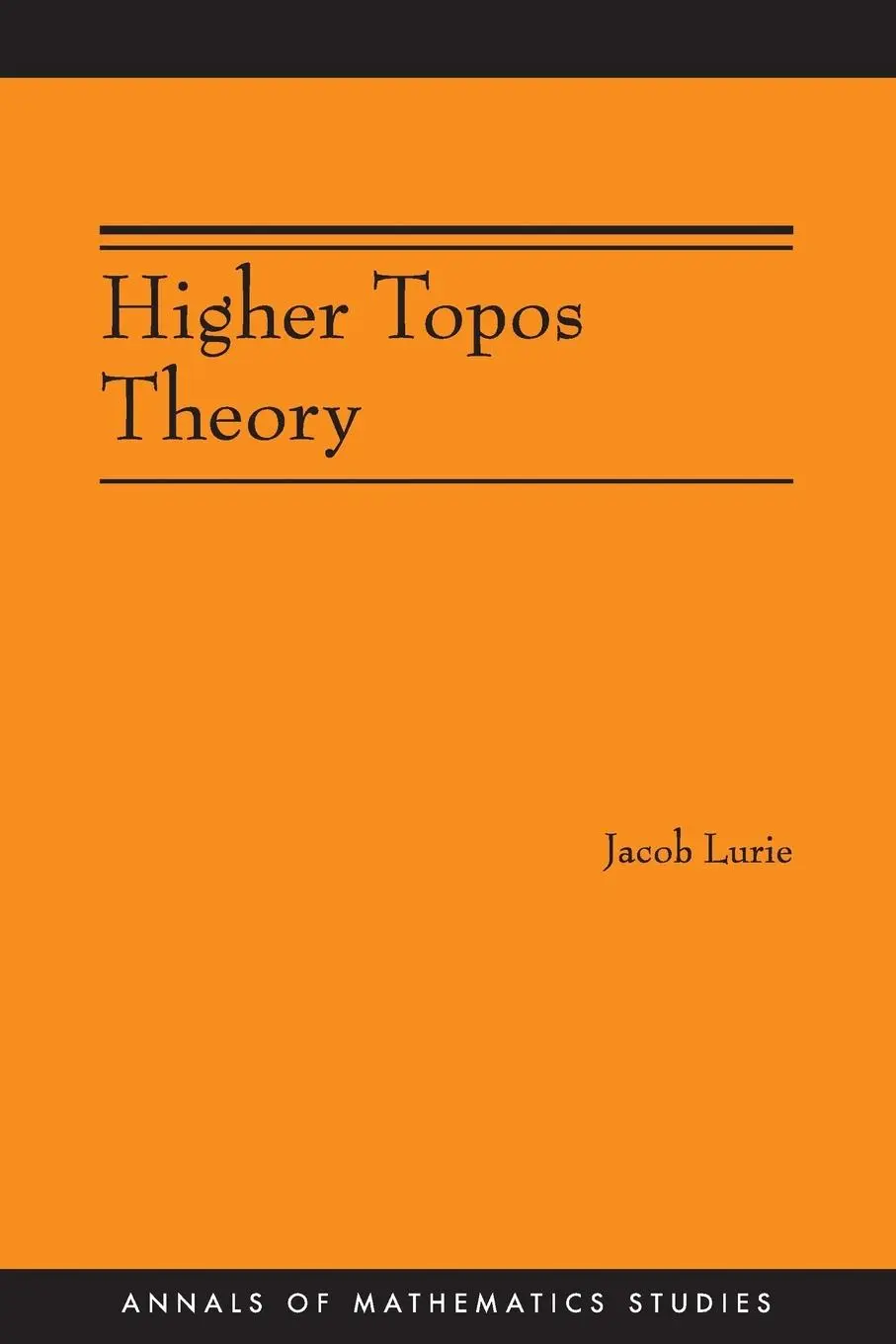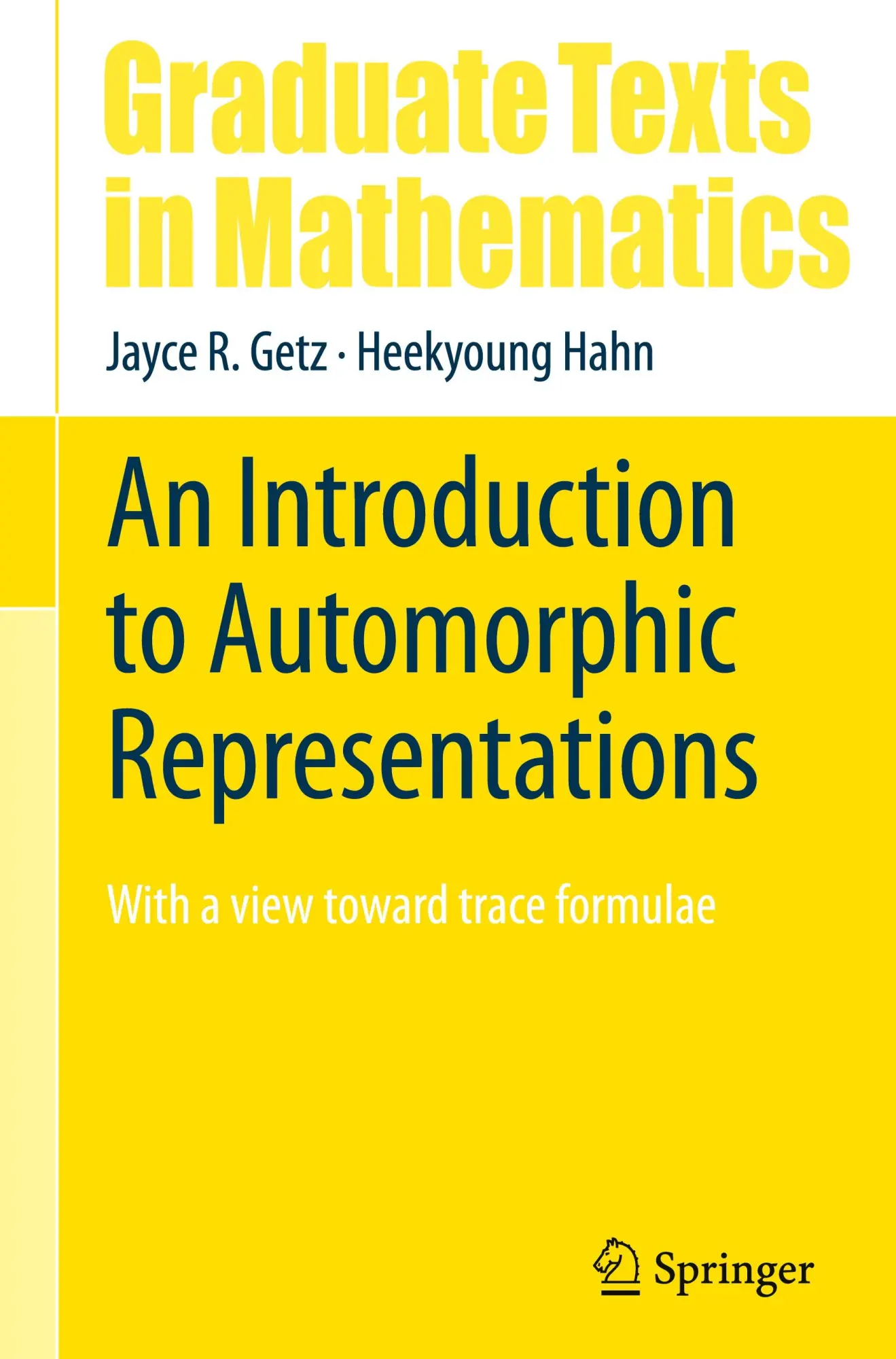Dekorationsartikel gehören nicht zum Leistungsumfang.
Sprache:
Englisch
55,40 €
Versandkostenfrei per Post / DHL
Lieferzeit 1-2 Wochen
Kategorien:
Beschreibung
This book is a text, not a reference, on Point-set Topology. It addresses itself to the student who is proficient in Calculus and has some experience with mathematical rigor, acquired, e.g., via a course in Advanced Calculus or Linear Algebra. To most beginners, Topology offers a double challenge. In addition to the strangeness of concepts and techniques presented by any new subject, there is an abrupt rise of the level of abstraction. It is a bad idea to teach a student two things at the same moment. To mitigate the culture shock, we move from the special to the general, dividing the book into three parts: 1. The Line and the Plane 2. Metric Spaces 3. Topological Spaces. In this way, the student has ample time to get acquainted with new ideas while still on familiar territory. Only after that, the transition to a more abstract point of view takes place. Elementary Topology preeminently is a subject with an extensive array of technical terms indicating properties of topological spaces. In the main body of the text, we have purposely restricted our mathematical vocabulary as much as is reasonably possible. Such an enterprise is risky. Doubtlessly, many readers will find us too thrifty. To meet them halfway, in Chapter 18 we briefly introduce and discuss a number of topological properties, but even there we do not touch on paracompactness, complete normality, and extremal disconnectedness-just to mention three terms that are not really esoteric.
This book is a text, not a reference, on Point-set Topology. It addresses itself to the student who is proficient in Calculus and has some experience with mathematical rigor, acquired, e.g., via a course in Advanced Calculus or Linear Algebra. To most beginners, Topology offers a double challenge. In addition to the strangeness of concepts and techniques presented by any new subject, there is an abrupt rise of the level of abstraction. It is a bad idea to teach a student two things at the same moment. To mitigate the culture shock, we move from the special to the general, dividing the book into three parts: 1. The Line and the Plane 2. Metric Spaces 3. Topological Spaces. In this way, the student has ample time to get acquainted with new ideas while still on familiar territory. Only after that, the transition to a more abstract point of view takes place. Elementary Topology preeminently is a subject with an extensive array of technical terms indicating properties of topological spaces. In the main body of the text, we have purposely restricted our mathematical vocabulary as much as is reasonably possible. Such an enterprise is risky. Doubtlessly, many readers will find us too thrifty. To meet them halfway, in Chapter 18 we briefly introduce and discuss a number of topological properties, but even there we do not touch on paracompactness, complete normality, and extremal disconnectedness-just to mention three terms that are not really esoteric.
Zusammenfassung
Topological Spaces: From Distance to Neighborhood is a gentle introduction to topological spaces leading the reader to understand the notion of what is important in topology vis-a-vis geometry. The authors have carefully divided the book into three sections; The line and the plane, Metric spaces and Topological spaces, in order to mitigate the the move into higher levels of abstraction. Students will be very attracted to this presentation.
Inhaltsverzeichnis
I The Line And The Plane.- 1 What Topology Is About.- 2 Axioms for ?.- 3 Convergent Sequences and Continuity.- 4 Curves in the Plane.- II Metric Spaces.- 5 Metrics.- 6 Open and Closed Sets.- 7 Completeness.- 8 Uniform Convergence.- 9 Sequential Compactness.- 10 Convergent Nets.- 11 Transition to Topology.- III Topological Spaces.- 12 Topological Spaces.- 13 Compactness and the Hausdorff Property.- 14 Products and Quotients.- 15 The Hahn-Tietze-Tong-Urysohn Theorems.- 16 Connectedness.- IV Postscript.- 18 A Smorgasbord for Further Study.- 19 Countable Sets.- Literature.- Index of Symbols.- Index of Terms.
Details
| Erscheinungsjahr: | 1997 |
|---|---|
| Fachbereich: | Topologie |
| Genre: | Importe, Mathematik |
| Rubrik: | Naturwissenschaften & Technik |
| Medium: | Buch |
| Inhalt: |
xi
313 S. 151 Illustr. |
| ISBN-13: | 9780387949949 |
| ISBN-10: | 0387949941 |
| Sprache: | Englisch |
| Einband: | Gebunden |
| Autor: |
Rooij, Arnoud Van
Buskes, Gerard |
| Hersteller: |
Springer
Springer New York Springer US, New York, N.Y. |
| Verantwortliche Person für die EU: | Springer Verlag GmbH, Tiergartenstr. 17, D-69121 Heidelberg, juergen.hartmann@springer.com |
| Maße: | 241 x 160 x 23 mm |
| Von/Mit: | Arnoud Van Rooij (u. a.) |
| Erscheinungsdatum: | 15.08.1997 |
| Gewicht: | 0,664 kg |












